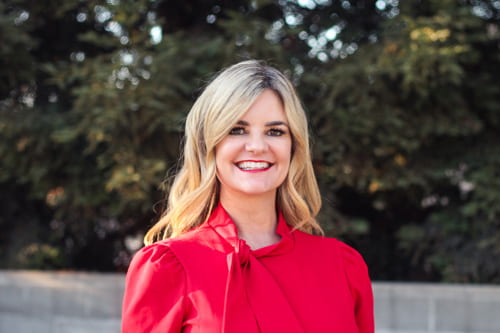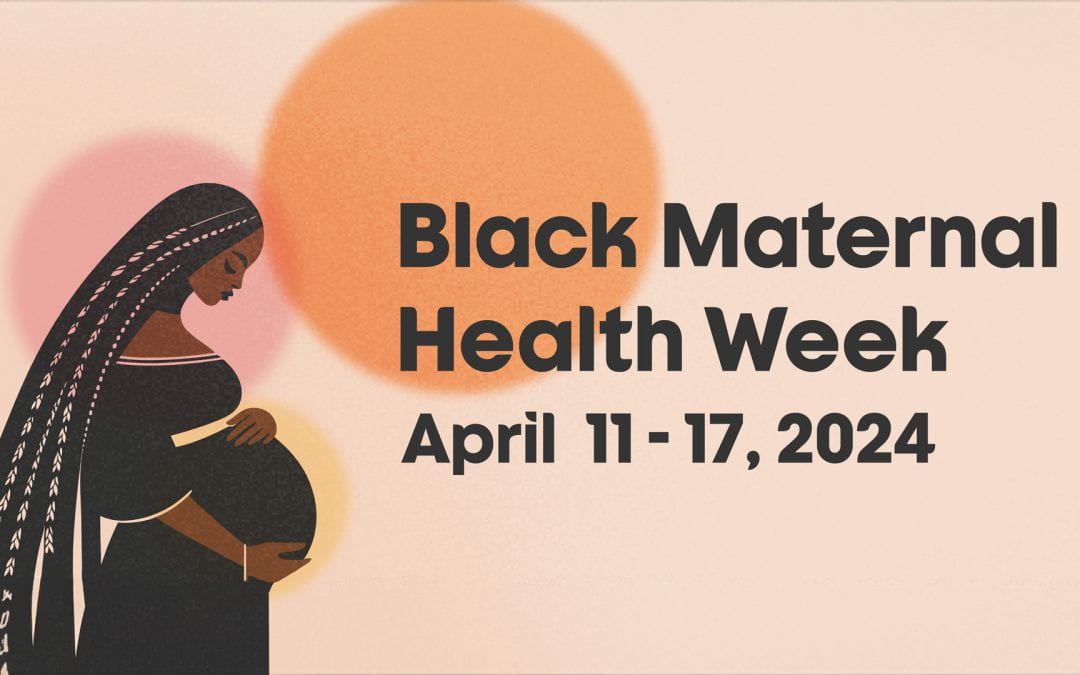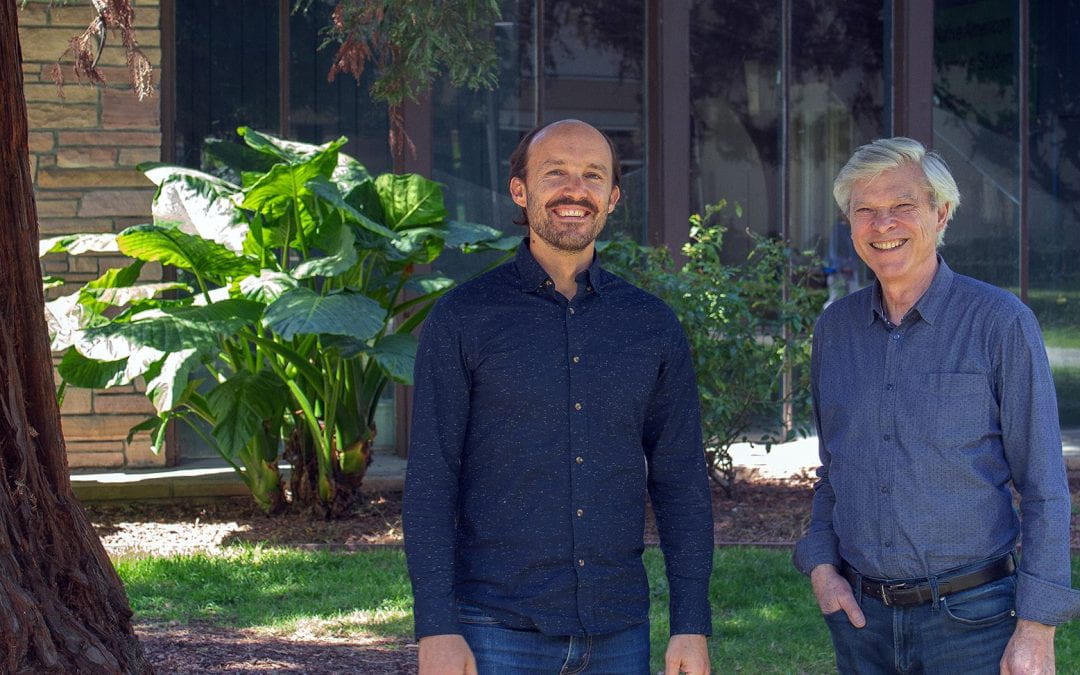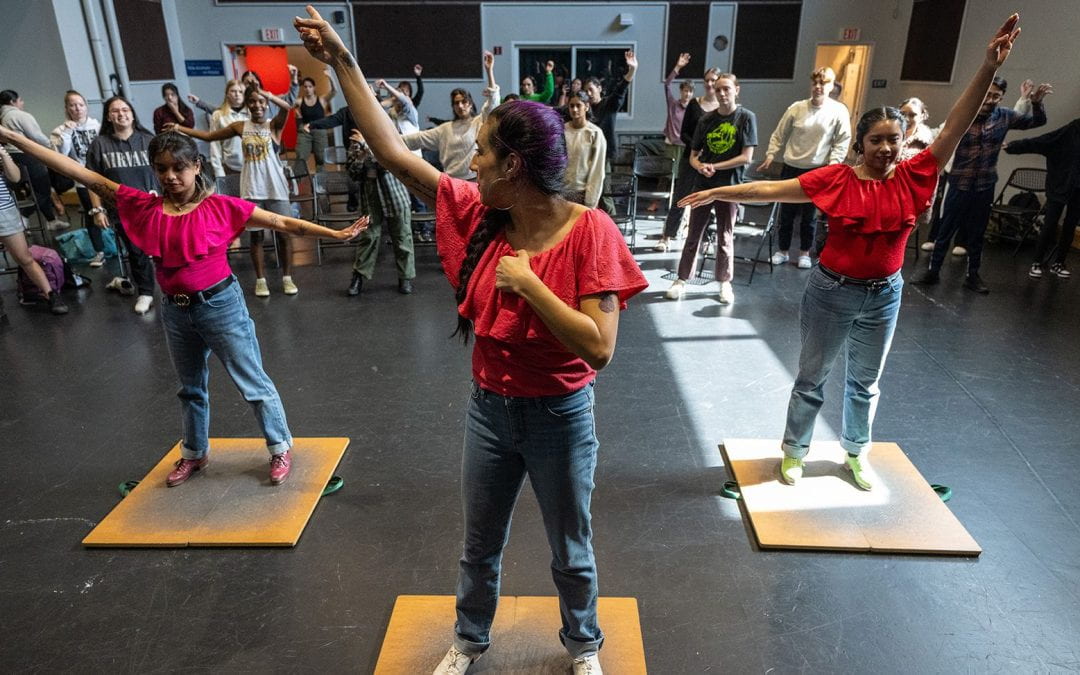Catching Up on Lost Time: A Holiday Travel and Transportation Q&A With Karen Philbrick

Karen Philbrick, executive director of the Mineta Transportation Institute at San José State.
Holiday travel is expected to make a major comeback this year. After the pandemic caused a substantial number of Americans to cancel their plans this time last year, many are packing their bags and setting out to get together again with their families and friends.
According to AAA, we can expect to see pre-pandemic levels of travel. That’s more than 109 million people — a nearly 34% increase from 2020 — who will travel 50 or more miles out of town by car, plane or other mode of transportation between Dec. 23 and Jan. 2, as reported in their 2021 Year-End Travel Forecast.
While these record numbers of Americans gear up for holiday travel this year, we sat down with Karen Philbrick, executive director of the Mineta Transportation Institute (MTI), a leading institute for transportation research at San José State University, to discuss how the transportation industry is recovering from the pandemic, travel safety and the upcoming travel season ahead.
How do you describe the current state of our transportation in the Bay Area and beyond?
Karen Philbrick: As we saw through the pandemic, our public transport systems really kept moving the nation, allowing our essential workers to get to their places of employment, oftentimes in service industries. Those jobs that could not be easily pivoted to working from home or remote lifestyle, if you will.
And so [transportation] is struggling all around to continue to recover. But good news: As you may have already seen based on Thanksgiving data, the TSA screened millions of people. Nationwide, [air travel] numbers are rebounding, but we are still seeing depressed numbers out of our Bay Area airports specifically.
Our levels are still lagging, in large part, due to the fact that many of our technology firms that are headquartered in the Silicon Valley have not gone back to work in person. So business travel is still very depressed here in the Bay Area. The San Francisco and San Jose airports, specifically, are serving about 54% as many passengers as they did in September of 2019.
Also, our region has taken a much more cautious approach to pandemic lockdown, being the first in the nation to institute strict regulations. And we continue with that cautious approach, but it’s not just air travel that remains depressed, we see that it’s very difficult to get rental cars right now, in large part because companies had to sell off a lot of their stock.
We also have a significant shortage in transit operators, even in our ride hailing services, so coupled with the increase in the cost of gas, we’re seeing the cost of Uber and Lyft increase substantially.
Do you think we’ll see an increase in our holiday travel, despite COVID-19 concerns?
KP: So, while the new variant of the virus is concerning, I still think we will continue to see people traveling this holiday season.
I think people are anxious to get back into the real world — to physically touch, hug and look at their friends and their family and to be re-energized by that social support and engagement, which is key to a healthy lifestyle.
People do have pandemic fatigue, and they are moving on. Almost 70% of adults in our nation have received at least one dose of the vaccine. I see an increased cognizance of the need for handwashing, physical distancing and mask use, and I think those lessons have set us up for a healthier travel season.
But some people are afraid; It’s unknown how the new Omicron variant is going to impact us, and I think that’s going to cause some people to pump the brakes on their travel plans — specifically, perhaps, those with children below the age of 5 who are not able to get vaccinated. And the new variant has caused some international transportation restrictions to be implemented already.
Editor’s note: As of Dec. 6, the United States initiated new travel restrictions for all U.S. citizens, lawful permanent residents, and foreign nationals ages 2 and above that require documentation of a negative viral test result taken within one day of the flight’s departure to the United States before boarding, regardless of nationality or vaccination status.
How safe is it for us to use our public transportation?
KP: Numerous studies conducted over the past 18-months have shown that public transit is not a super-spreader of COVID-19. Similarly, there’s also a lot of work in aviation that has shown air travel not to be a super-spreader either when proper protocols were implemented — that is physical distancing, mask wearing.
And this is so important to know: Across the nation, mask wearing remains mandated on our public transit systems.
Also, we’re also seeing that free fare was introduced as a result of the pandemic to reduce those touch points with passengers entering buses, light rails and other public transport options. Some are continuing to offer fareless transit because it increases throughput so much, meaning in some cases, travel from point A to point B has improved by 28% because there’s no delay as passengers get on and do some type of fare exchange.
So we are trying very hard to make sure that the public transit systems across the nation remain nimble and safe. And we’re working very hard to ensure that the general public does not view transit through a lens of contamination, because we know that’s not true.
Do you think that we will see an increase in holiday driving, even though gas prices are at an all-time high?
KP: Yes, and no conversation about transportation is complete without touching on the cost of gas.
We had some of our lowest gas prices during the pandemic. I mean, there were times when our roads and bridges in the Bay Area were literally barren of cars. That demand [for gas] has already increased, and our vehicle miles traveled are showing to be equivalent to pre-pandemic levels.
But the cost of gas is often misunderstood. People may think it’s government taxes that are driving that up to over $5 a gallon, but I want to provide a data point that is critically important to this conversation: The federal gas tax rate is 18.3 cents per gallon. That rate was not indexed to inflation, and it was set in the early 1990s.
So the purchasing power has dramatically decreased, which means we have fewer dollars for transportation projects, which is why our infrastructure is crumbling.
You have your federal gas tax, but you also have your state gas tax. In California, our gas taxes are among the highest at 66.98 cents per gallon, followed by Illinois, Pennsylvania and New Jersey. When you combine our gas tax in California with the federal tax, we’re still below $1 [in taxes that contribute to transportation projects].
We need to change the thinking that people have when they talk about the cost of gas and what’s driving those higher prices. We saw vehicle miles traveled increase dramatically in response to the pandemic, because millions of people nationwide moved away from public transport options into their single-occupancy vehicles for safety-related reasons.
But despite the cost, people are saying it’s still worth it, and they feel safer in their car. I predict people will continue to travel by car more often until we understand this newest variant, at the very least into the near future.
For more tips on holiday-related travel, see AAA’s 2021 Year-End Travel Forecast.




